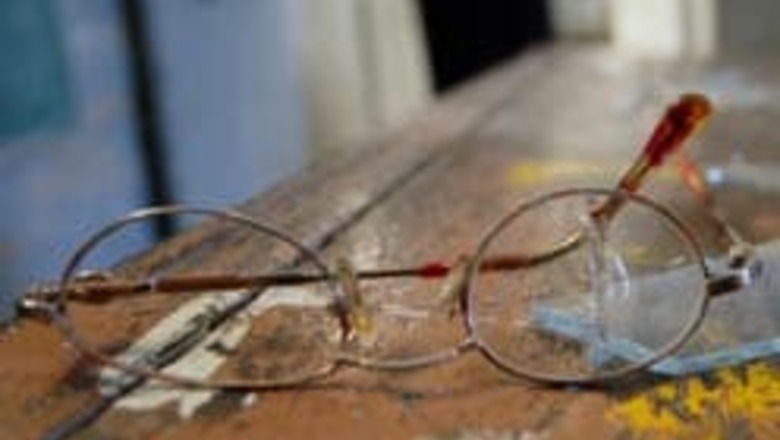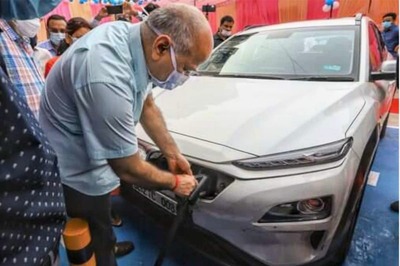
views
Washington: People who simply can’t do without their reading glasses can now heave a sigh of relief, as a tool developed at the University of Michigan that allows for a potentially noninvasive, painless fix to presbyopia using tiny bubbles that help ophthalmologists reshape the eye's lens and restore its flexibility and focusing ability.
Professor and chair of the U-M Department of Biomedical Research, Matthew O'Donnell along with assistant research scientist and adjunct lecturer, Kyle Hollman and graduate student Todd Erpelding, developed the method recently. And it was successful when tested in pig lenses.
Presbyopia usually starts around age 40, O'Donnell says. The predominant belief is that fibers created in the intraocular lens accumulate and stiffen, thus making the lens less flexible.
Without that flexibility, the lens can't change shape to focus on near objects, a process called accommodation.
“So, while a young eye is like an automatic focus camera, the presbyopic eye can be thought of as a fixed focus camera, he says. One way to potentially solve presbyopia is to laser away some fibers to restore flexibility, but there is no way to know how much or where to cut,” he adds.
"There are no noninvasive or minimally invasive procedures for presbyopia," said O'Donnell, 55, who explained that he started research on presbyopia when he began to notice his own near-sight failing.
He held up his reading glasses and said: "I got sick of wearing these things."
The U-M tool uses bubbles, ultrafast optics and ultrasound to measure the thickness and rigidity of the lens during laser surgery, thus guiding the surgeon as they reshape the lens.
It's a new application for microscale bubbles, which scientists have experimented with for years in the areas of drug delivery, tumor destruction and other medical applications.
For the treatment of presbyopia, the U-M team used ultrafast laser pulses to create tiny gas bubbles within the intraocular lens.
Before the bubbles diffuse, researchers hit them with high frequency sound waves, which push the bubbles against neighboring lens fibers.
"Part of the sound is reflected, and from the characteristic of the reflection, you know where the bubble is," O'Donnell said. "It uses exactly the same technology as ultrasound imaging,” he added.
In this way, researchers measure how far the bubbles have moved based on the force applied, and thus measure the pliability of the lens.
"The bubbles show you where the laser should cut," O'Donnell said. "If it's still too hard, you cut some more. If it's soft enough, you stop,” he added.
The future plan is to automate the procedure to quickly cover the entire lens with bubbles, he said.
The team, which will begin testing this year, is talking with several companies about commercial opportunities.


















Comments
0 comment